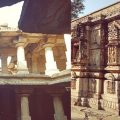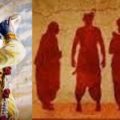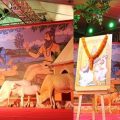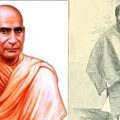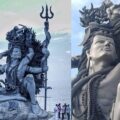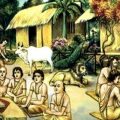Shivaleela: Celebration of Shiva in this 21st Century Gurukul
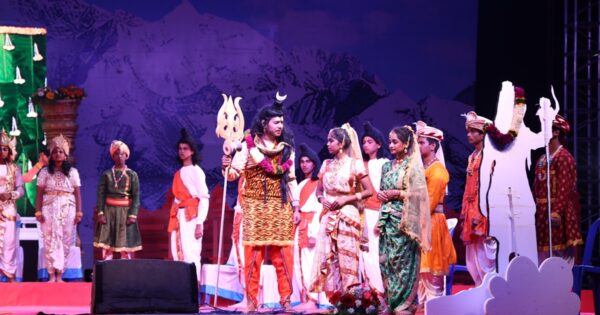
A divine aura filled up the Parvathamma Shamanur Shivashankarappa English Medium Residential School (PSSEMRS) campus space, right from dusk till midnight with the invocation and celebration of Shiva. It seemed as if Shiva Himself descended from Kailash to this campus in Davangare, Karnataka to bless His devotees. Annual Silver Jubilee celebration of the school on 8th January 2023 was the occasion. The chosen theme was Shivaleela. A footfall of 6000 including students, parents, and locals graced the event.
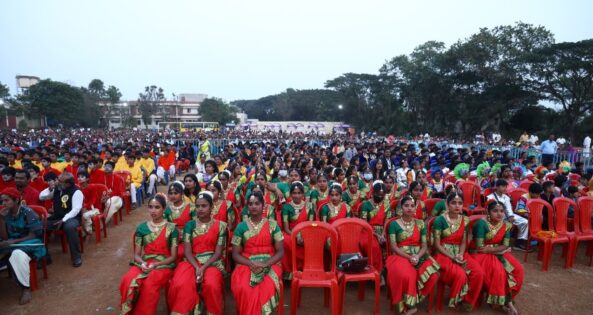
In late ancient times, centres of education were mostly in temple premises and vice versa. For example, Sharada Peeth is one of the 51 Shaktipeeths; Sati’s right hand fell at this place. At the same temple campus, Sharada Peeth university flourished. This temple university dates back to at least 2500 plus years. The Sharada script owes its development and popularisation from Sharada Peeth temple university. This ancient centre of learning now falls under PoK. Many famous scholars from India and neighboring countries studied here. Few scholars worth mentioning are Kalhana, historian and author of Rajtarangini, a history book on Kashmir in Sanskrit; Philosopher Adi Shankaracharaya who consolidated the doctrine of Advaita Vedanta; Vairotsana, a Tibetan translator; Kumarajiva, a Buddhist scholar and translator; Thonmi Sambhota, a Tibetan scholar who invented the Tibetan script as per accounts by traditional Tibetan sources.
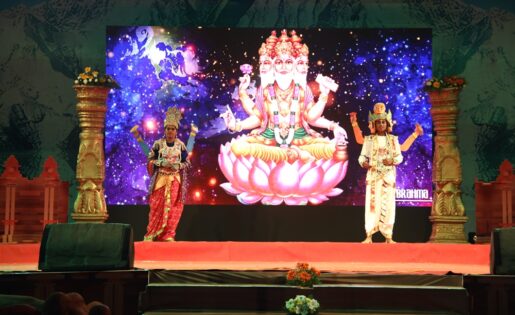
Other ancient universities like Nalanda, Vallabhi, Pushpagiri, Odantapuri, Vikramshila, Somapura, Bikrampur, Morena Golden Triangle, Kanthaloor Sala, Jagaddala, Nadia, Nagarjuna Vidyapeeth, and more had temples or monasteries in the premises. Two huge moortis of Shiva and Maa Saraswati adorn the huge and beautiful campus of PSSEMR.
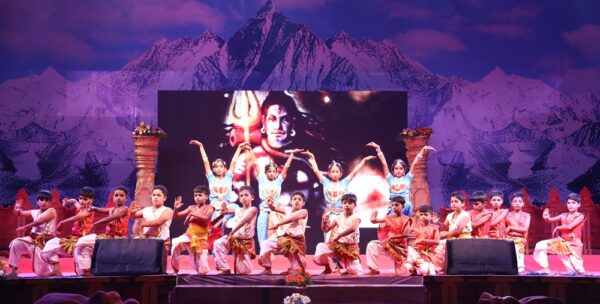
Medieval-era Mutts and Gurukuls not only served as seats of learning but also centres of cultural programs and social festivities during those times. At the PSSEMRS campus where a grand stage overlooked the huge audience, Shivaleela, as theme of the Silver Jubilee function, was justified. Besides the dance performances invoking Shiva, Ganesha, Krishna, the theatrical rendition of the marriage of Shiva-Sati was highly engaging with the story starting right from the appearance Brahma, Vishnu, and Maheshwar to birth of Sati and Her marriage with Shiva, Her self-immolation at yajna at Daksh Prajapati’s court to rebirth of Sati as Parvati ending with the marriage of Shiva Parvati. Every character is majestically portrayed by the students. I was invited to be part of the silver jubilee annual day celebrations as chief guest. It was a wonderful experience for me to be part of the grandiose event. Such Indic themes will further help our young generation stay connected to our civilizational roots. Hope more schools follow this.
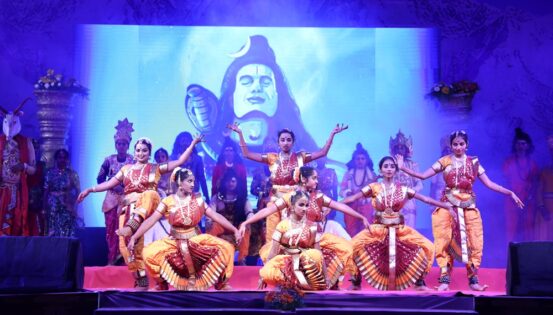
The Beautiful Tree by Dharampal has actual data of Gurukuls/educational institutions from pre-colonial times. This not only facilitated the high literacy rate of Indians, but also enabled students to stay connected to their civilizational roots. Diligently following all CBSE guidelines (besides an affiliation with Cambridge), this group of educational institutions is rooted to Indic values and culture, as evidenced at the function. Thanks to the efforts of Sri Manjunatha Rangaraju, the Dean.
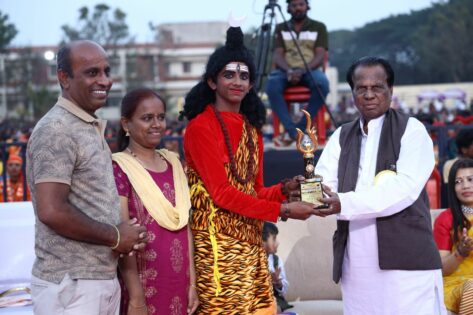
Arya Siddesh (dressed as Shiva for a play), awarded as the ‘Best Student of the Year’. He excelled in academics, jumps 5.8 m in long jump, a swimmer, a sprinter, good in volleyball, an excellent dancer and singer. Guest of Honour at the function Shri VT Kale, Legendary Artist presented the award. Arya’s proud parents rejoice by his side.
After the British colonized major parts of India, they were surprised to observe the country’s high literacy rate. It was a subject of discussion in Britain. They conducted a survey of educational institutions across India. To their surprise, the reports led to finding of lakhs of schools, mostly run under the patronage of respective local natives. Part of the reports are published in the The Beautiful Tree by Dharampal. In his Preface to The Beautiful Tree, Dharampal writes, “G.W. Leitner’s work, based on earlier governmental documents and on his own survey, is the most explicitly critical of British policies. It holds the British authorities responsible for the decay, and even the destruction of indigenous education in the Punjab…. The reports of Adam, as well as the reports of some of the collectors in the Madras Presidency refer likewise to the decay of indigenous education….”
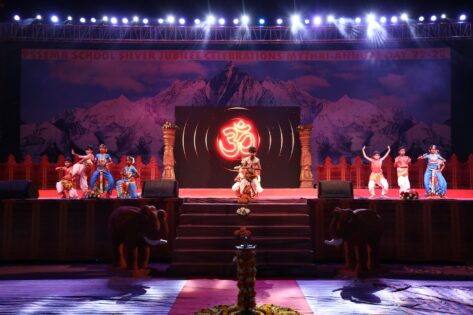
Gottlieb Wilhelm Leitner was a British orientalist. William Adam, commissioned by then Governor General Lord William Bentinck, to investigate the state of education in Bengal and Bihar, submitted three reports in between 1835 to 1838. According to his reports, during this period, i.e. the earlier part of the nineteenth century, there were around 1 lakh schools in Bihar and Bengal. The then Madras Presidency survey data of schools pertains the period from 1822 to 1825; the survey reported the finding of lakhs of schools. Madras Presidency comprised most of today’s Tamil Nadu and Andhra Pradesh along with a few regions of Karnataka, Kerala and Odisha.
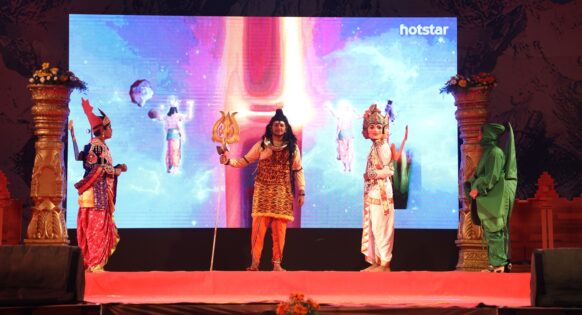
To further quote Dharampal from The Beautiful Tree, “It is important to emphasize that indigenous education was carried out through pathshalas, madrassahs and gurukulas. Education in these traditional institutions—which were actually kept alive by revenue contributions by the community including illiterate peasants—was called shiksha (and included the ideas of prajna, shil and samadhi). These institutions were, in fact, the watering holes of the culture of traditional communities. Therefore, the term ‘school’ is a weak translation of the roles these institutions really played in Indian society…..For areas of the newly extended Presidency of Bombay around 1820, senior officials like G.L. Prendergast noted ‘that there is hardly a village, great or small, throughout our territories, in which there is not at least one school, and in larger villages more….. School attendance, especially in the districts of the Madras Presidency, even in the decayed state of the period 1822-25, was proportionately far higher than the numbers in all variety of schools in England in 1800….A few of the collectors also mentioned the books used in the schools and institutions of higher learning in their districts. The collector of Rajahmundry, being the most detailed, provided a list of 43 books used in Telugu schools.”
Besides going by the present fake narrative of how there were differences between sections of society in terms of caste, the British-conducted surveys found that children from all four varnas – Brahmin, Kshatriya, Vaishya, Shudra studied together with Shudra students comprising nearly 60 percent of the total count.
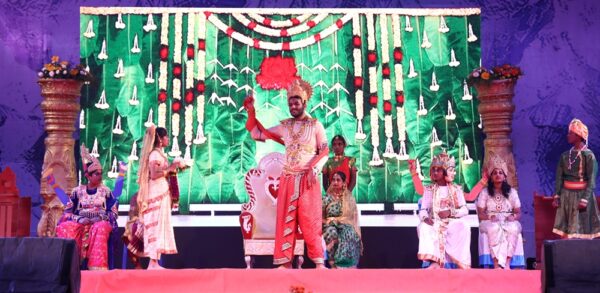
Parvathamma Shamanur Shivashankarappa English Medium Residential School (PSSEMRS) including PSSEMR Pre University College offering medical and engineering courses and Cambridge School are run under Bapuji Educational Association, which was established in the year 1958. Deemed the best educational institution of Davangare, PSSEMRS, affiliated to CBSE, has carved a distinctive niche as a centre of academic excellence in the region.
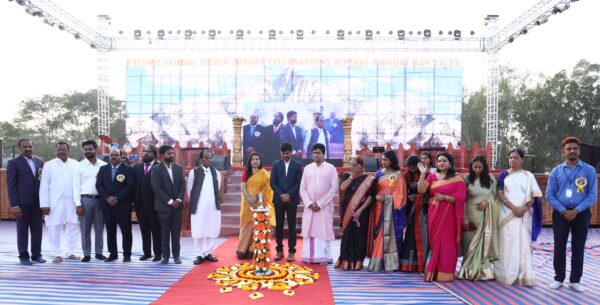
Ahead of the lamp lighting ceremony before the start of the event. In pic are guests, teachers, PSSEMR team.
The campuses where the ancient universities flourished and ancient/medieval era temples are divine energy centres. When a devotee visits an ancient shrine and invokes the Deities, the energy vibrations there get activated. The devotee absorbs these energies and gets energized from within. These are the sound energies – of invocation of the Deities over centuries by our ancestors. I have experienced these energies, energizing me from deep within, at many ancient shrines across the country. The sound energies, of the invocation of Shiva at the PSSEMR campus, is here to stay. May these divine vibrations energize the students and nurture them to emerge as responsible citizens and nation builders connected to civilizational roots. Hope, like Shivaleela, more Indic themes are celebrated.
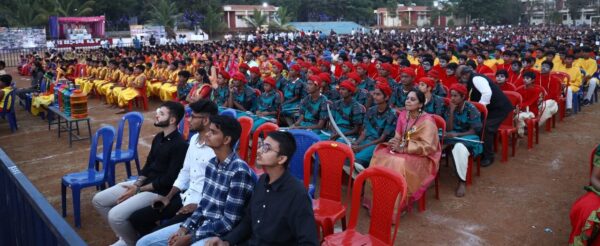
When asked about the values imbibed in the students and the holistic educational approach, Manjunatha Rangaraju, Dean, PSSEMRS says, “With a strict and slavish adherence to our vision: holistic development, academic freedom and creating enterprising leaders and exemplary citizens , we, PSSEMR schools and PU college, endeavour to unlock the door to learning for our learners through art integration. Shrugging off the fact that arts are relegated to the sidelines, we strive hard to make our learners fathom that arts are not more than a stone’s throw away. We incorporate the arts into other subject areas.As a result, we bolster the learners’ social and emotional development, explore their creativity, nurture a love for learning and a sense of accomplishment, and promote critical thinking skills. On our campus, we celebrate all Indian festivals. When the students partake in preparations for those festivals, they learn the significance of tradition, and values, it’s spiritual significance, cultural significance and it’s relation with nature. Furthermore, they gain an insight into the culture and its principles. It also proffers an opportunity to infer their roots and foster a sense of responsibility, unity, tolerance, respect for different cultures and beliefs. Besides, we inculcate dharmic values into our students, for illustration, the theme of our annual day celebrations is always about Indian traditions. Consequently, our students learn and adhere to those values. This school is the abode of highly knowledgeable, well-mannered and exemplary citizens.”
Images of the function on the theme of Shivaleela provided by PSSEMRS
Latest posts by manoshi sinha (see all)
- What if Shaikh Paltu had Helped Mangal Panday instead of British? - October 23, 2024
- Shivaleela: Celebration of Shiva in this 21st Century Gurukul - October 23, 2024
- INA Veteran Lt Madhvan Appeals for Installation of Statue of Rash Behari Bose in Delhi - October 23, 2024

